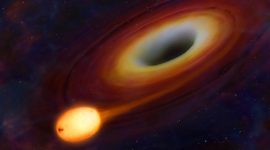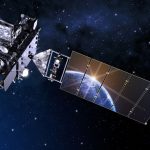UFO or Satellite?
UFO or satellite? With over 2,500 active and 3,000 inactive satellites in the sky it is easy ta make a mistake and take one for an unidentified flying object. Here is where to look to spot them.
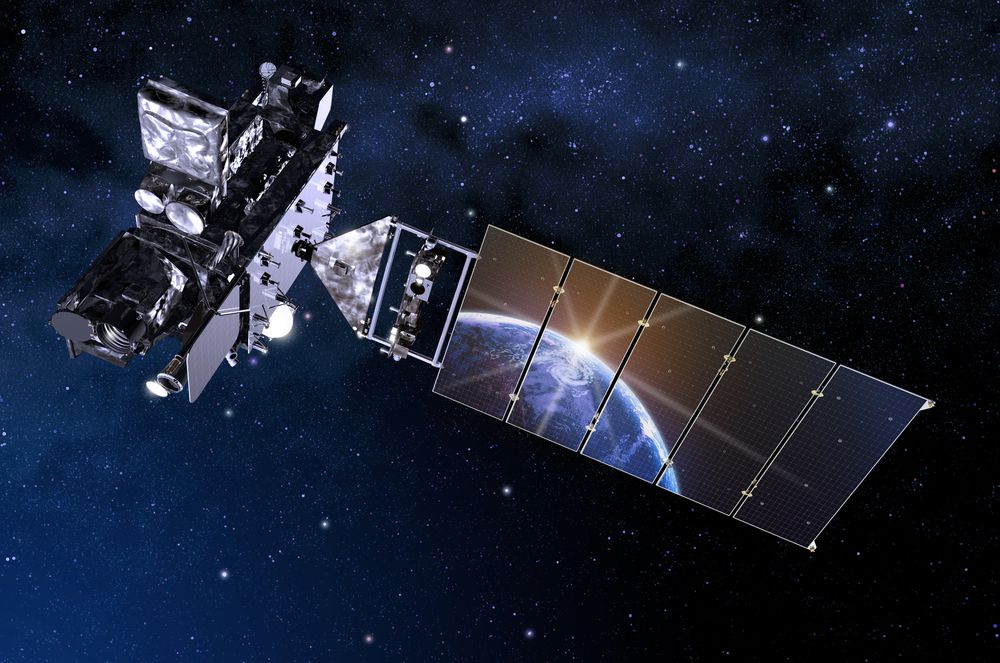
How many times, seeing a bright white dot streaking across the night sky did you wonder if what you were seeing was simply a satellite or perhaps something else? A UFO maybe? Well, there is a way to reduce the risk of a mistake greatly if you know where to look for those satellites. This brilliant video (see end of the article) made by Scott Manley shows you the locations of all stationary and non-stationary satellites.
The night sky is quite busy but satellites are not immediately visible to a naked eye because they are mostly small and do not reflect enough sunlight. Most of the satellites in the low and mid Earth orbit move without a particular order in seemingly random directions, and those are the ones that usually get mistaken for unidentified flying objects.
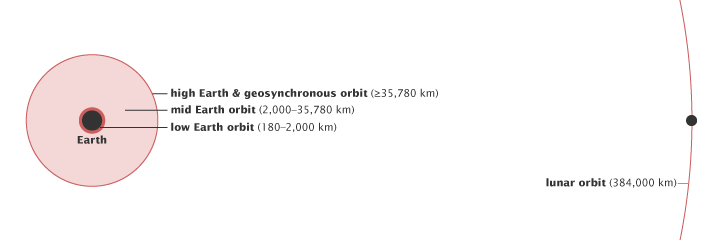
There are essentially three types of Earth orbits: high Earth orbit, medium Earth orbit, and low Earth orbit. Many weather and some communications satellites tend to have a high Earth orbit, farthest away from the surface. Satellites that orbit in a medium (mid) Earth orbit include navigation and specialty satellites, designed to monitor a particular region. Most scientific satellites, including NASA’s Earth Observing System fleet, have a low Earth orbit.
There is also a belt of satellites in the geostationary orbit, arching the sky some 36,000 kilometers above the equator. Satellites sitting in the geostationary orbit move at the same speed as the rotating Earth. As a result they seem to be motionless, while in fact they are constantly matching the Earth’s speed so they can see the same spot on the surface. This is where we get our GPS signal from – the telecommunication satellites. Without them we would be back to paper maps navigating the surface.
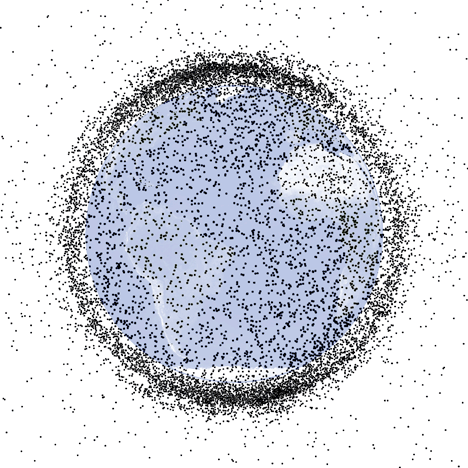
Thousands of manmade objects — 95 % of them “space junk” — occupy low Earth orbit. Each black dot in this image shows either a functioning satellite, an inactive satellite, or a piece of debris. Although the space near Earth looks crowded, each dot is much larger than the satellite or debris it represents, and collisions are extremely rare. (NASA illustration courtesy Orbital Debris Program Office.)
The height of the orbit, or distance between the satellite and Earth’s surface, determines how quickly the satellite moves around the Earth. An Earth-orbiting satellite’s motion is mostly controlled by Earth’s gravity. As satellites get closer to Earth, the pull of gravity gets stronger, and the satellite moves more quickly.
This is a 360/VR video – click, hold and drag for action. Best viewed in the full screen mode.
All video credits go to Scott Manley.
Watch on YouTube










